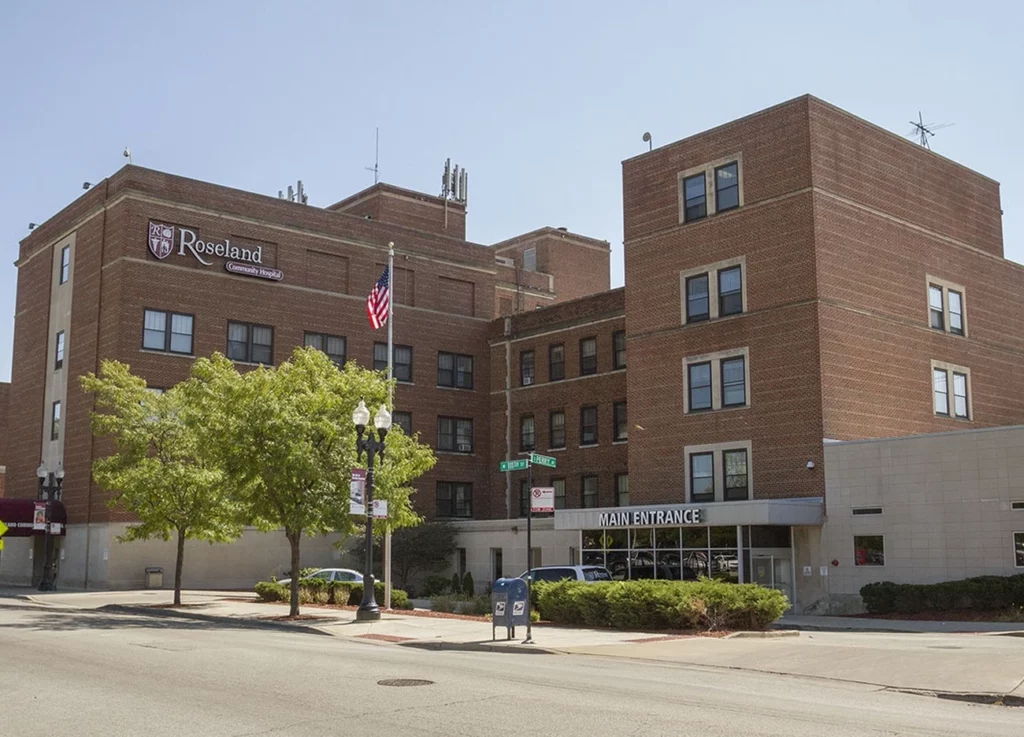Roseland Community Hospital
Address
Chicago, IL 60628
Census Tract
17031491300
Poverty Rate
23.2%
Median Income
60.9%
Total Project Cost
$23,700,000
Federal NMTC Financing
$7,500,000

Overview
Opened in 1924, Roseland Community Hospital (RCH) is a 162 bed, private, not-for-profit health care organization committed to providing quality, patient-driven health care services to the Greater Roseland Community. RCH provides a full range of health care services, including medical and surgical care in both inpatient and outpatient settings. The hospital provides Roseland and the surrounding communities (Pullman) with an extensive range of services.
The planned project at Roseland Community Hospital involves the creation of the Adolescent Behavioral Health Unit (ABHU), a 28-bed inpatient psychiatric care program for at-risk teenagers, and investment in a new, state-of-the-art Electronic Health Record (EHR) and information technology backbone.
Project Financing
UDF made two loans utilizing both federal and IL State NMTC to RCH for this project. The loans will include a number of flexible features including: an interest rate over 50% below market and interest-only for the 7-year term.
Community Impact
RCH is located in a severely distressed census tract with a 23% poverty rate, median income is 60% of benchmark median income, and unemployment is 2.7 times the national average. Roseland Hospital, the main provider of health care services to the surrounding low-income communities, is located in a federally designated Health Professional Shortage Area for Primary Care, Mental Health, and Dental Health and a federally designated Medically Underserved Area. It is also part of the Roseland Medical District recently created by the state of Illinois to expand the provision of medical services in this community.
It is anticipated that the project will create 34 temporary construction related jobs and 67 permanent full time jobs. Permanent jobs created will vary by project, but will include clinical staff (nurses, therapists, technicians), non-licensed staff (unit clerks, medical assistants), support staff (environmental services, security officers), and information technology staff.